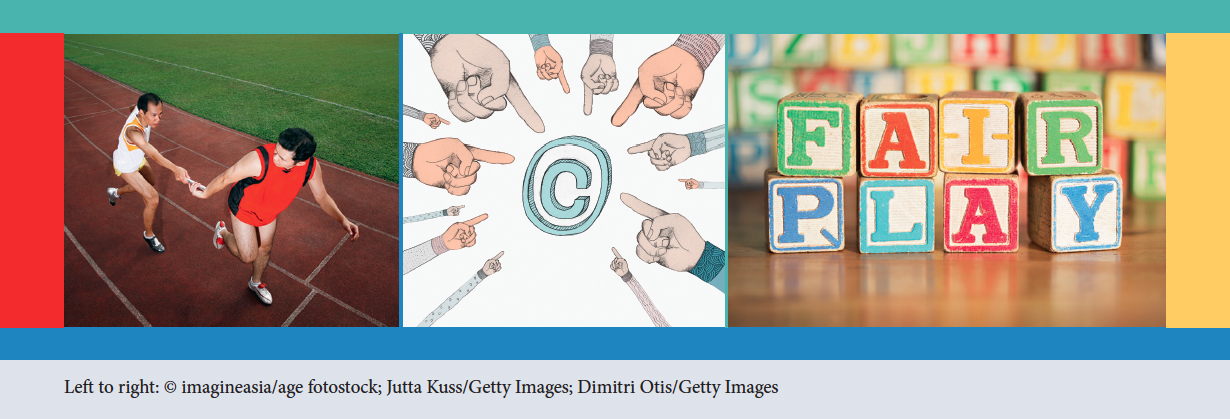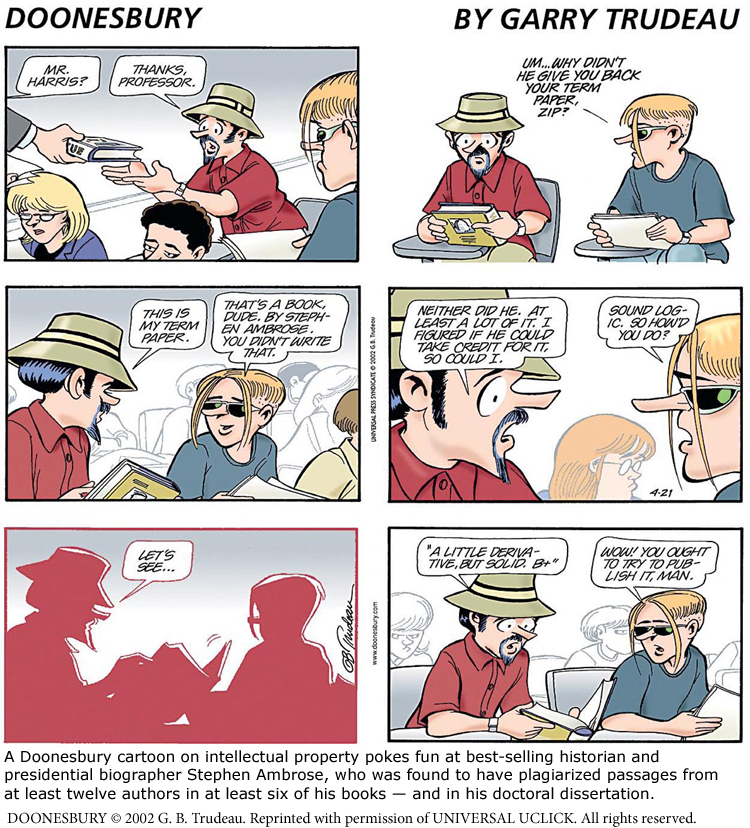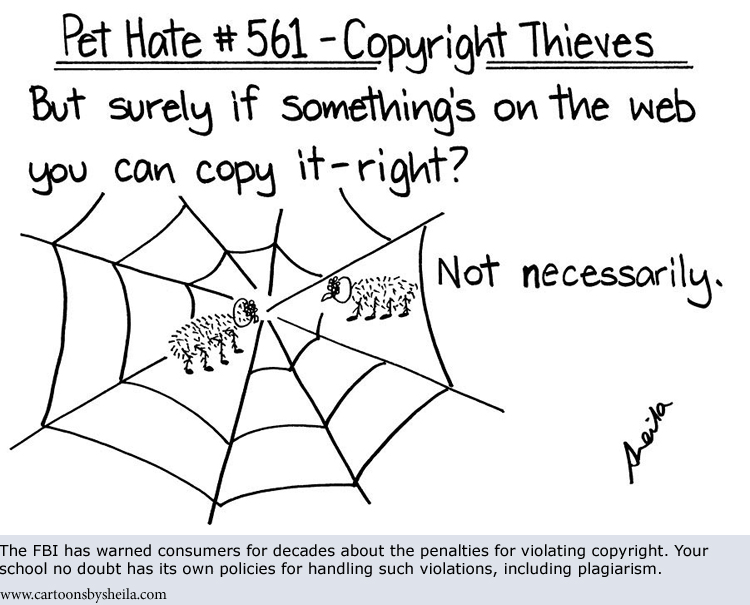Plagiarism and Academic Integrity
21
Plagiarism and Academic Integrity

In many ways, “nothing new under the sun” is more than just a cliché. Most of what you think or write is built on what you’ve previously read or experienced or learned from others. Luckily, you’ll seldom be called on to list every influence on your life. But you do have responsibilities in school and professional situations to acknowledge any intellectual property you’ve made use of when you create arguments of your own. If you don’t, you may be accused of plagiarism — claiming as your own the words, research, or creative work of others.
What is intellectual property? It’s complicated. But, for academic arguments in Western culture, it is the expression of ideas you find in works produced by others that you then use to advance and support your own claims. You have to document not only when you use or reproduce someone’s exact words, images, music, or other creations (in whole or in part), but also when you borrow the framework others use to put ideas together in original or creative ways. Needless to say, intellectual property rights have always been contentious, but never more so than today, when new media make it remarkably easy to duplicate and share all sorts of materials. Accustomed to uploading and downloading files, cutting and pasting passages, you may be comfortable working with texts day-to-day in ways that are considered inappropriate, or even dishonest, in school. You may, for example, have patched together sources without putting them in your own words or documenting them fully, practices that will often be seen as plagiarism (see “Avoiding Patchwriting” in Chapter 20, “Using Sources.”).
So it is essential that you read and understand any policies on academic integrity that your school has set down. In particular, pay attention to how those policies define, prosecute, and punish cheating, plagiarism, and collusion. Some institutions recognize a difference between intentional and unintentional plagiarism, but you don’t want the honesty of anything you write to be questioned. You need to learn the rules and understand that the penalties for plagiarism are severe not only for students but for professional writers as well.
But don’t panic! Many student writers today are so confused or worried about plagiarism that they shy away from using sources — or end up with a citation for almost every sentence in an essay. There’s no reason to go to such extremes. As a conscientious researcher and writer, you simply need to give your best effort in letting readers know what sources you have used. Being careful in such matters will have a big payoff: when you give full credit to your sources, you enhance your ethos in academic arguments — which is why “Academic Integrity” appears in this chapter’s title. Audiences will applaud you for saying thanks to those who’ve helped you. Crediting your sources also proves that you have done your homework: you demonstrate that you understand what others have written about the topic and encourage others to join the intellectual conversation. Finally, citing sources reminds you to think critically about how to use the evidence you’ve collected. Is it timely and reliable? Have you referenced authorities in a biased or overly selective way? Have you double-checked all quotations and paraphrases? Thinking through such questions helps to guarantee the integrity of your academic work.

